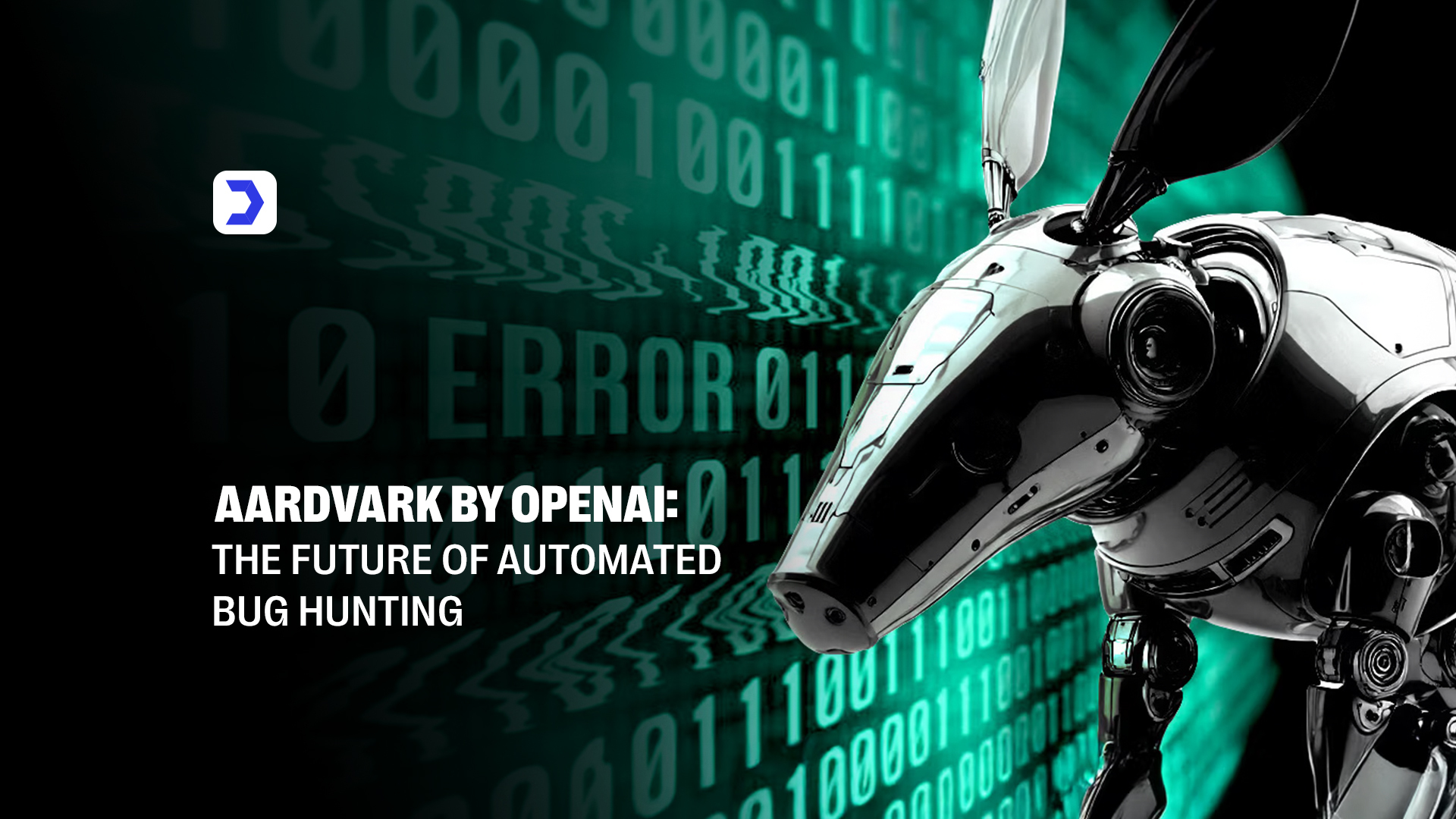Summary
- Aardvark by OpenAI is an AI-powered tool designed to automate the detection and patching of software vulnerabilities, streamlining cybersecurity efforts.
- The tool utilizes OpenAI’s GPT models to analyze code, identify potential security risks, and apply fixes in real time without manual intervention.
- Aardvark seamlessly integrates with existing development workflows, making it easy for developers to maintain secure software without disrupting their processes.
- The integration with OpenAI’s Codex allows Aardvark to generate code patches autonomously, enhancing the speed and efficiency of vulnerability remediation.
- As OpenAI continues to innovate, tools like Aardvark play a critical role in the future of automated cybersecurity, improving software security across industries.
In the evolving landscape of software development, keeping code secure is more important than ever. As cyber threats become more sophisticated, traditional bug detection methods are no longer sufficient. Enter Aardvark by OpenAI, an advanced AI-powered tool designed to automatically detect and patch vulnerabilities in code. By leveraging the power of GPT models, Aardvark offers a proactive and efficient solution to the growing challenges of cybersecurity.
Aardvark works by continuously scanning a codebase, identifying security flaws that might otherwise go unnoticed. This tool doesn’t just find bugs; it understands the context and complexity of the code, providing intelligent, real-time solutions. Its use of OpenAI’s GPT technology enables Aardvark to go beyond simple bug detection and apply fixes autonomously, reducing the time between identifying vulnerabilities and implementing solutions.
This seamless integration of AI into the software development process helps eliminate human error and ensures that security threats are dealt with as soon as they arise. Aardvark represents the future of automated bug hunting, offering an innovative way to secure code faster and smarter than ever before.
OpenAI continues to enhance its AI tools, such as the Operator Agent, which has seen improvements aimed at boosting its performance in complex tasks. The improvements made in these areas set the stage for even more powerful integrations like Aardvark, making it clear that AI-driven security is the future of software development.
What Aardvark Is (and How It Works)
Aardvark is an AI-powered tool created by OpenAI that automates the process of identifying, verifying, and patching vulnerabilities in software code. Unlike traditional methods of bug detection, which often require human oversight, Aardvark operates autonomously, leveraging OpenAI’s GPT models to analyze code and detect issues in real-time. By doing so, it allows developers to focus more on building new features and less on manual debugging.
The process begins with Aardvark scanning the entire codebase, looking for potential flaws, inefficiencies, and security risks. Once it identifies a potential vulnerability, it doesn’t just stop there. Aardvark goes a step further by validating these vulnerabilities in a secure environment, simulating real-world conditions to confirm whether the identified issues are exploitable. Once confirmed, Aardvark can automatically apply patches or provide suggestions to the developer, streamlining the bug-fixing process.
The real advantage of Aardvark lies in its integration with existing development workflows. Aardvark doesn’t disrupt the development cycle. Instead, it seamlessly integrates into continuous integration/continuous delivery (CI/CD) pipelines, automatically checking new code for vulnerabilities as it is committed. This means that vulnerabilities are addressed as soon as they appear, preventing them from becoming bigger problems later in the development process.
This AI-driven approach to bug hunting allows Aardvark to detect vulnerabilities that traditional methods might miss. Whether it’s detecting deeply hidden bugs or understanding the context of the code in a way that simpler tools can’t, Aardvark’s deep learning model ensures a more thorough and intelligent review of the code.
As AI and machine learning continue to evolve, tools like Aardvark represent a significant leap forward in the automation of cybersecurity. By reducing the need for manual code review and automating patching, Aardvark is helping developers keep their software safe while improving efficiency. Similarly, OpenAI’s ongoing advancements, such as the release of O3 Pro, are pushing the boundaries of AI, offering even more powerful reasoning capabilities that enhance the overall effectiveness of AI-driven solutions.
How to Access
Accessing Aardvark is made easy through OpenAI’s API, which allows developers to seamlessly integrate this AI-powered security tool into their existing development workflows. Once connected, Aardvark continuously monitors and analyzes code for potential vulnerabilities, automating the patching process in real time. For developers already using OpenAI’s GPT models or other OpenAI products, integrating Aardvark into their systems should be straightforward, as the API can be directly linked to existing version control systems like GitHub.
As AI tools like Aardvark become an integral part of the development lifecycle, OpenAI is also expanding its capabilities to enhance user access across other platforms. One such development is the sign-in with ChatGPT feature, which allows developers to integrate ChatGPT’s AI-powered chat interface into third-party apps. This approach makes it easier for users to access and interact with AI tools directly within their preferred applications, offering even greater flexibility and efficiency. By leveraging these advancements, developers can now harness the full potential of OpenAI’s AI-powered security tools, streamlining their workflows and increasing productivity across all stages of software development. As OpenAI continues to drive innovation in AI, it aligns with organizations like Digital Software Labs, which is at the forefront of incorporating AI and technology across various industries.




